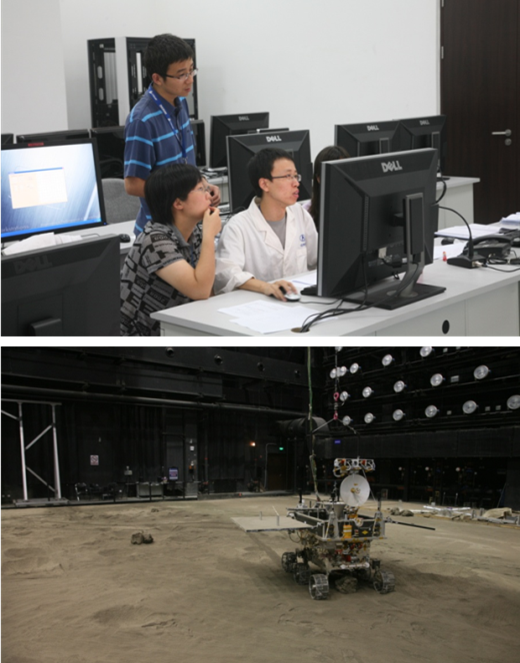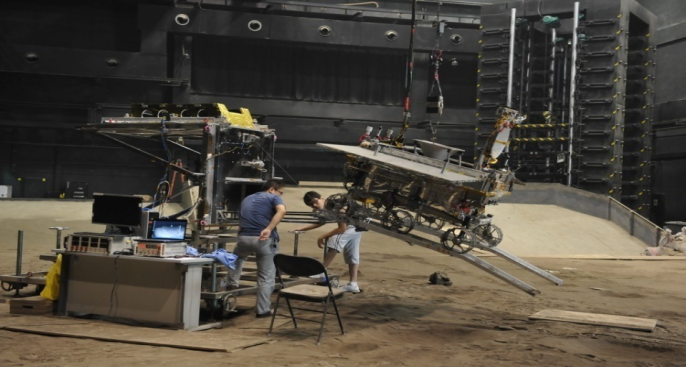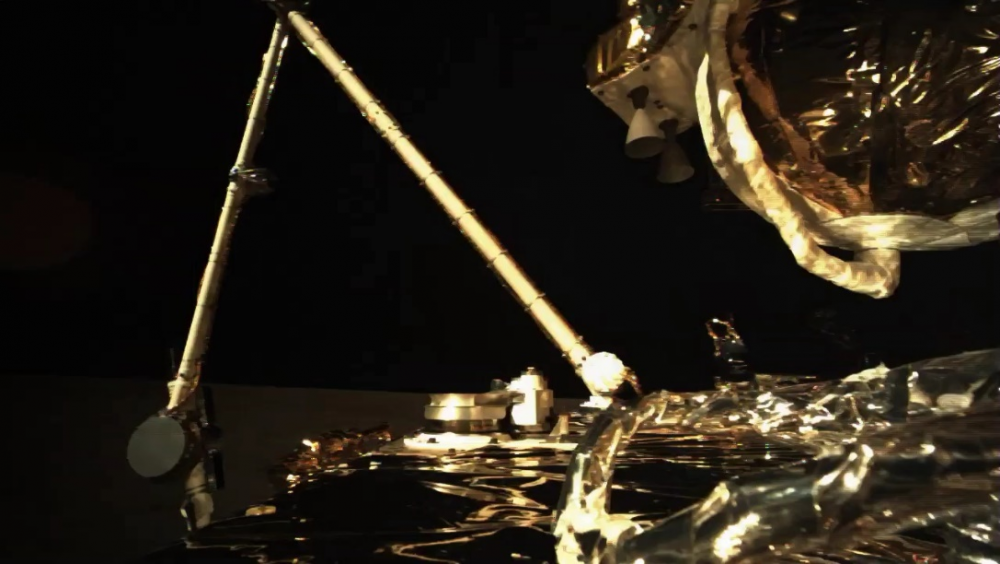- Home
- About CAST
- Core Buisness
- Product & Service
- Contact Us --> --> --> -->
Lunar and Deep space exploration
Lunar Exploration
Since the new millennial, CAST has made rapid and innovative progress, manifested by a steady improvement in deepspace exploration. with the successful implementation of the Chang'e 1-5 (CLEP) missions, CAST has established a relatively complete engineering infrastructure.
We possess the absolute advantage in the domain:
The three successful soft landings in the world since the beginning of this century all come from CLEP!
Five Victories for Five Missions
Chang'e-1 Global Remote Sensing of The Moon
Ø Launched on 24th, Oct.,2007. China's first lunar exploration mission
Ø 3-dimensional image on lunar surface with resolution of 120m
Ø Studied lunar soil constituent & interplanetary environment
Chang'e-2 Technology Validations And Multi-Task Multi-Objective Exploration
Ø Launched on 1st, Oct.,2010
Ø Lunar panorama imagery with resolution of 7m
Ø Orbiting exploration around Sun-Earth L2 Point
Ø Flyby exploration of Toutatis Asteroid
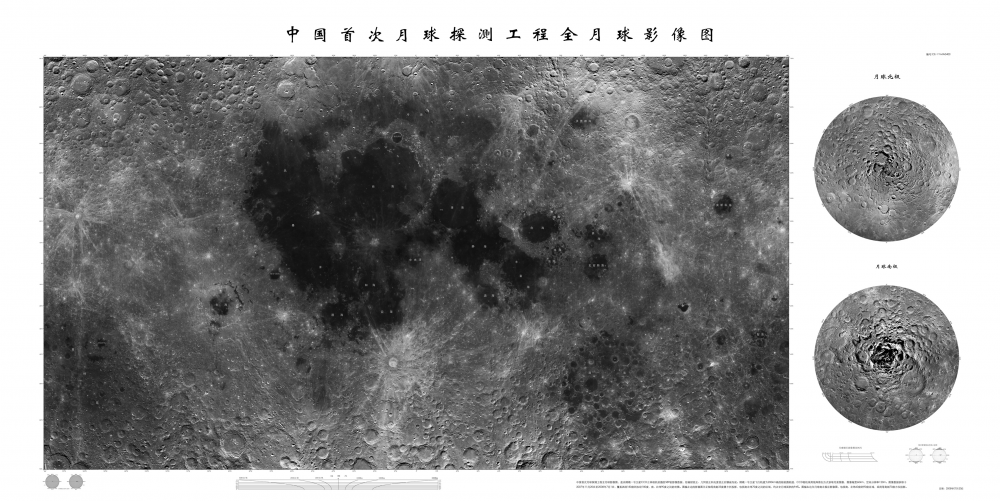
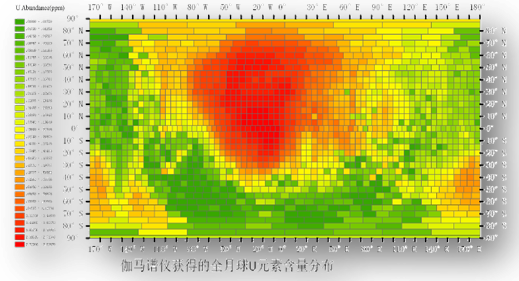
Image on Lunar Global Area
Map on element Distribution of the Moon by Gama-ray Spectrometer
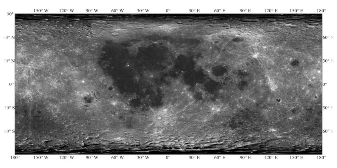

Lunar panorama, GSD of 7m
Image of Toutats, GSD of 100m
Chang'e-3 Soft-Landing and Rover Exploration
Ø Launched on 2nd, Dec.,2013, landed on Sinus Iridium
Ø The first successful soft-landing mission on lunar surface 37 years after Luna-24 in 1976 by Soviet Union.
Chang'e-4 Soft-Landing on the Far Side of the Moon
Ø First-ever communication between Earth and lunar far side.
Ø First-ever soft landing and rover exploration on the lunar far side.

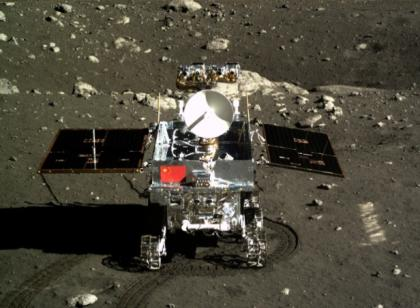
Moon-based exploration of lander
Locomotion of Yutu rover
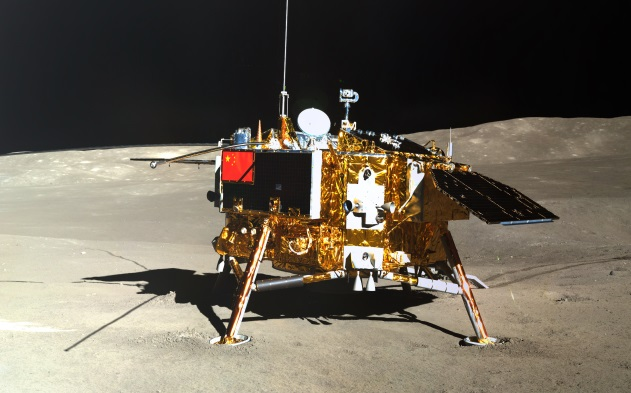
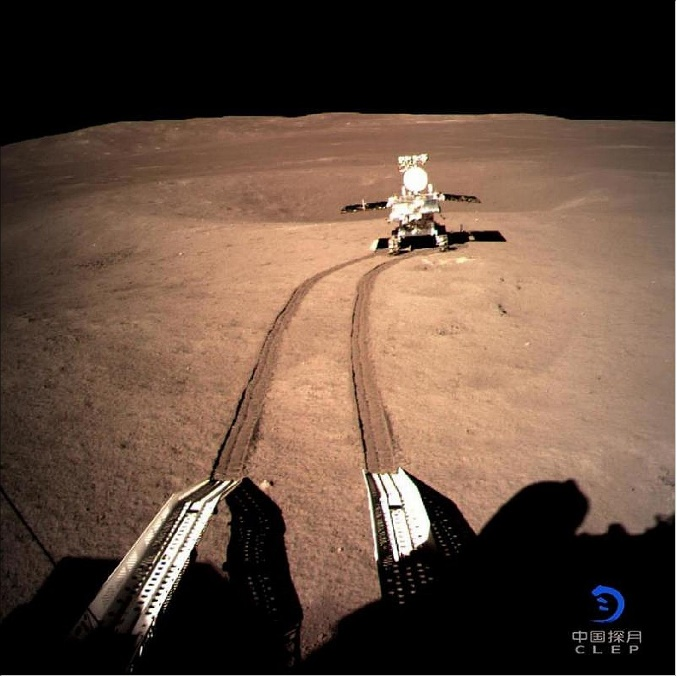
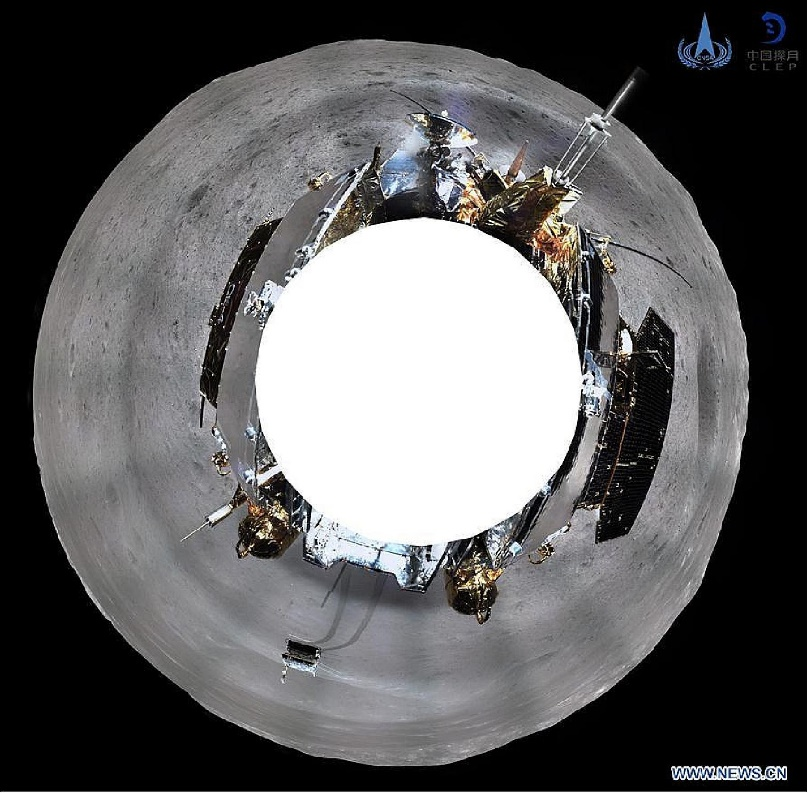
Photo of lander by Lander and Cruiser of each other
| Descent Process Video of Lander |
Locomotion of Yutu-2 Rover on lunar surface |
Chang'e-5
Ø Marks The Unprecedented Sampling and Return 44 Years After the Last Similar Mission By Mankind.
Ø return about 2 kg of lunar surface material to Earth
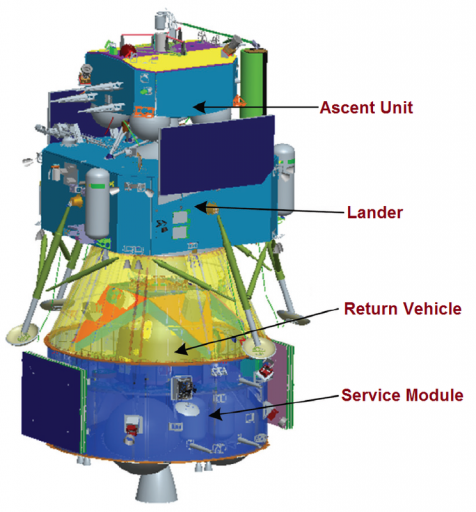
|
|
|
|
Mars Exploration
Prime contractor of China's Mars Exploration Program
Among the eight planets in the Solar System, Mars is the most similar to Earth and is also close by.CAST has successfully landed and operated spacecraft (Tianwen-1) on Mars.
Our scheme of Mars exploration is to realize orbiting and landing in the first step, and complete sampling and returning in the second step.
Tianwen-1
Ø Aims to fulfill three scientific objectives-orbiting the red planet for comprehensive observation, landing on the Martian surface and sending a rover to roam the landing site.
Ø It conducts scientific investigations on Mars' soil, geological structure, environment, atmosphere and water.


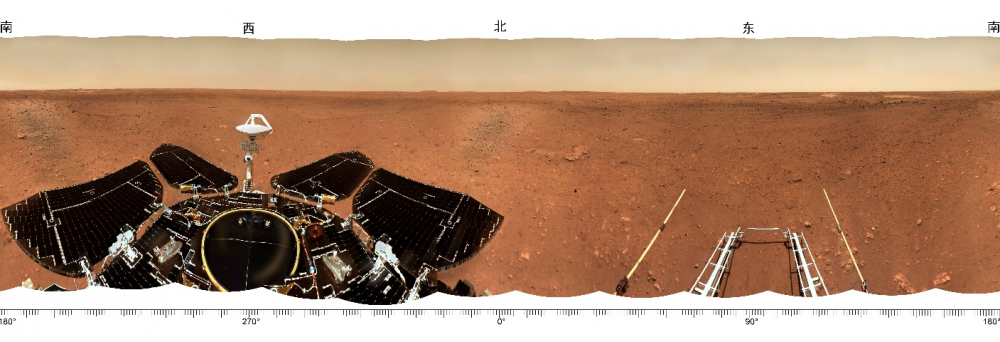
Previous projects with CAST
Equipped with scientific payloads from Germany, Sweden, and Saudi Arabia (CLEP):
Ø Lunar Lander Neutrons and Dosimetry (LND) instrument developed in Germany;
Ø The Advanced Small Analyzer for Neutrals(ASAN) by Institute of space physics, Sweden;
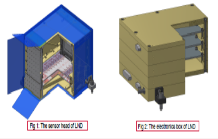

LND
ASAN
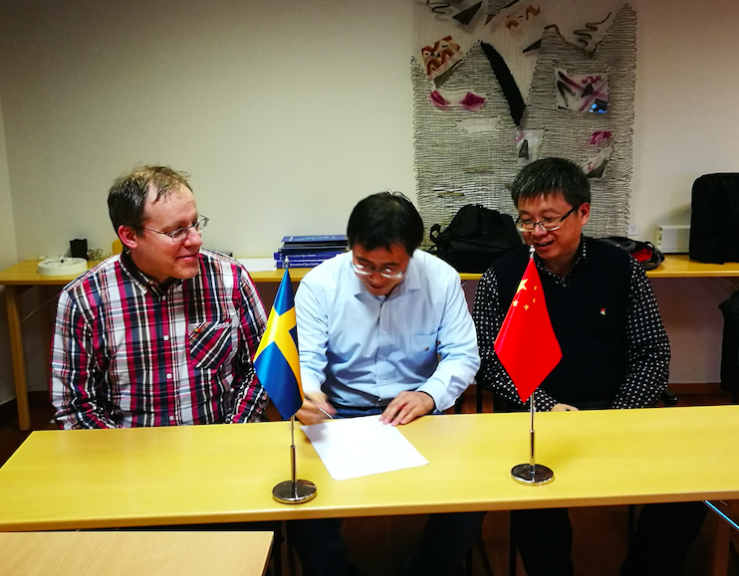
Signing of the minutes of the successful ASAN flight acceptance review
Ø An optical camera, developed by the King Abdulaziz City for Science and Technology of Saudi Arabia, was installed on a micro satellite, named Longjiang-2, which was launched together with Queqiao (Magpie Bridge), the data relay satellite of C'E-4 .
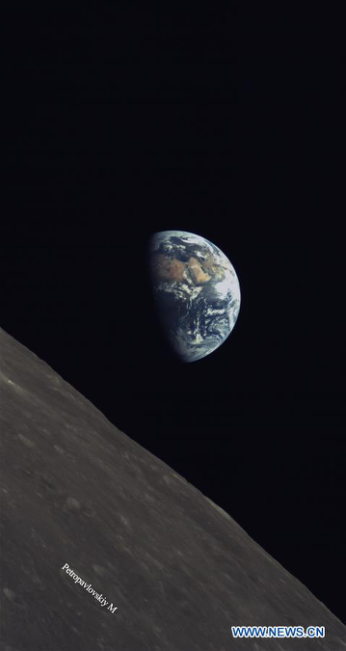

Photos by Optical camera released by KAC
Ø Magpie Bridge (Data relay Satellite of C'E-4) with scientific payloads from Netherland
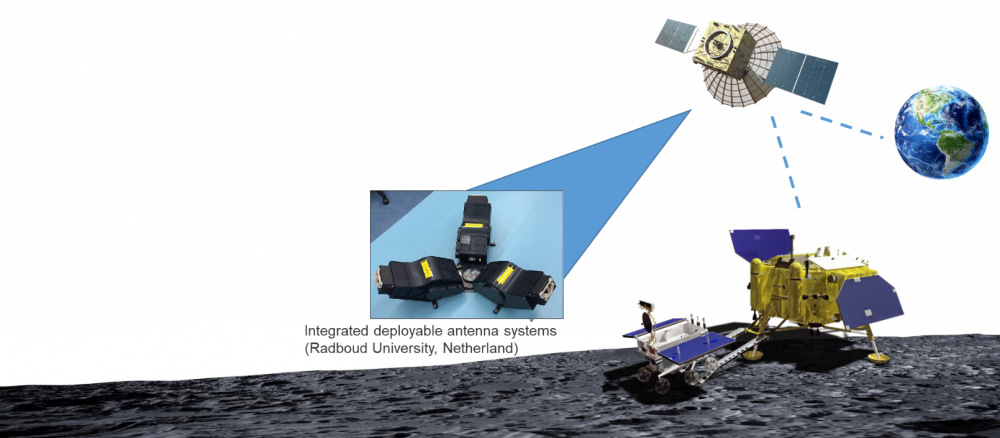
Opportunities for Collaboration
Ø Spacecraft design
Training on system design, simulation, calculation & analysis, ground test design, etc. of lunar exploration mission.
To enhance the comprehensive capability on lunar mission design of engineers.
Ø Joint lunar and deep space exploration Lab setup and piggybacked launch on our spacecrafts
Scientific exploration target selection.
Scientific payloads configuration analysis.
Scientific exploration data analysis.
Ø Spacecraft operation and testing
CAST has perfect laboratory mission scene testing ground, can test the mobilityperformance of lunar rover on modified
lunar surface and the separation process etc.
